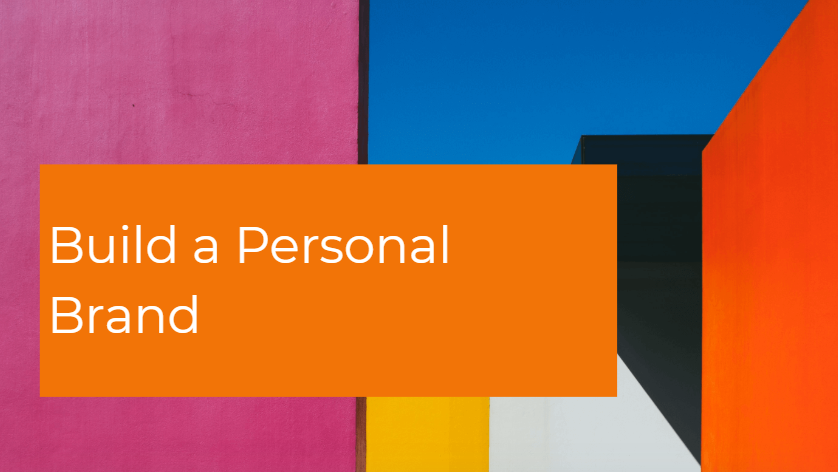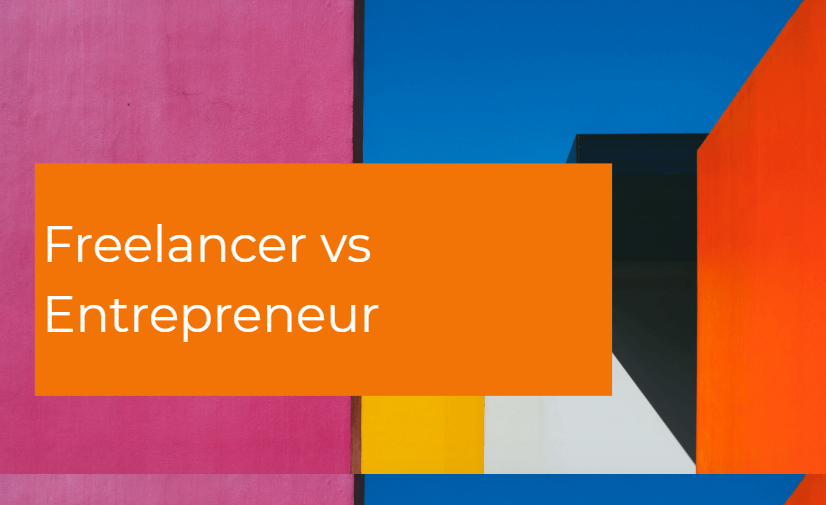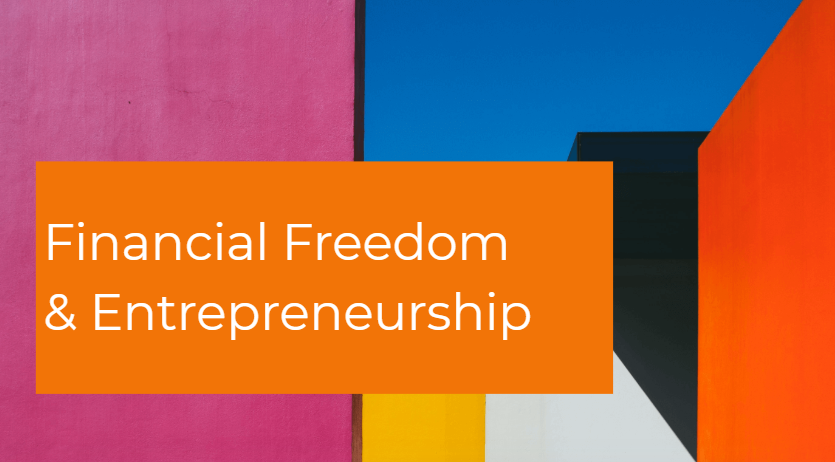In today’s digital world, your personal brand is your business card, resume, and pitch—all in one. Whether you’re a freelancer, content creator, or aspiring entrepreneur, a strong brand will help you stand out, build trust, and attract opportunities. Here’s how to build yours, step-by-step.
What is a Personal Brand?
A personal brand is how people perceive you online and offline. It’s the combination of your skills, values, voice, visuals, and presence. It’s what people think of when they hear your name—and what they say about you when you’re not in the room.
Unlike a company brand, your personal brand is built around you—your expertise, your story, and your unique perspective.
In freelancing and digital entrepreneurship, people don’t just buy what you do. Thy buy who you are.
Why Does a Personal Brand Matter?
-
You stand out in a crowded market
With thousands offering the same services, your personality and story can be the deciding factor. -
You build trust faster
Clients want to work with people they like, relate to, and see as credible. -
You attract better opportunities
Brands, partnerships, and high-paying clients come to those who are visible and memorable. -
You grow faster
A strong brand helps you go from freelancer to thought leader or entrepreneur over time.
Step 1: Define Your Brand Foundation
Before you post anything online, you need clarity on your positioning. Ask yourself:
1. What do I do best?
Are you a copywriter, designer, coach, digital marketer, strategist?
2. Who do I help?
Define your niche or target audience. (e.g., “coaches who want to grow on LinkedIn” or “small e-commerce brands needing email flows”).
3. How do I do it differently?
This is your unique selling point. Maybe it’s your tone, your approach, your tools, or your background.
4. What do I want to be known for?
This could be “simple branding tips,” “AI for solopreneurs,” or “helping women launch service businesses.”
Write a personal brand statement like:
“I help creative freelancers build their brand and attract dream clients using bold visuals and smart strategy.”
Step 2: Choose Your Main Platform
Pick one core platform to build your presence consistently. This will be your content home.
Popular options:
-
LinkedIn – best for B2B, professional services, coaching, tech
-
Instagram – visual content, lifestyle branding, creators
-
Twitter/X – ideas, tech/startup crowd, fast growth
-
TikTok – short-form personal storytelling, freelancing trends
-
YouTube – long-form content, tutorials, authority building
Start with one, master it, and then expand.
Step 3: Create a Visual Identity
You don’t need a full branding agency—just consistency.
At a minimum:
-
Profile photo: clean, friendly, and high quality
-
Colors: 2–3 brand colors you use everywhere
-
Fonts: one for headings, one for text
-
Logo (optional): even your name in clean text works
Use tools like Canva to create:
-
Instagram carousels
-
LinkedIn banners
-
Portfolio PDFs
-
Content templates
People remember vibe. Make sure your visuals match your voice.
Step 4: Share Value Consistently
Your brand lives in your content. That’s where people get to know, like, and trust you.
Start by posting content like:
-
Tips and how-tos from your niche
-
Behind-the-scenes of your work
-
Personal stories (your struggles, wins, lessons)
-
Results or case studies
-
Opinions on industry trends
-
Common mistakes your audience makes
Aim for 2–3 posts per week to start. Use tools like Buffer or Notion to plan ahead.
Rule of thumb: Be useful, honest, and human.
Step 5: Build Social Proof
People trust people who are trusted.
Ways to build credibility:
-
Ask past clients for short testimonials
-
Screenshot positive feedback and share it (with permission)
-
Share mini case studies of your results
-
Highlight your own milestones (“Hit 10 clients this year!” or “Launched my first paid product”)
You don’t need to “fake it till you make it.” Just share real progress as you go.
Step 6: Turn Attention into Opportunities
Your brand isn’t just for likes—it’s for leads and income.
Once you have people engaging with you:
-
Invite them to DM you
-
Add call-to-actions in your posts (e.g. “Need help with this? Let’s chat.”)
-
Create a simple service page or link in bio
-
Start an email list (with a free lead magnet like a checklist, template, or mini guide)
You don’t need 10,000 followers to get paid—you just need clarity, visibility, and consistency.
Bonus: Personal Brand Mistakes to Avoid
-
Trying to appeal to everyone
→ Niche down. Specific sells. -
Being perfect instead of real
→ People relate to your journey, not just your success. -
Only sharing content, not connecting
→ Reply to comments, DM people, build relationships. -
Giving up after a month
→ Personal branding is a long game. Show up, even if no one claps at first.
Final Thoughts
Your personal brand is your most powerful business asset. It’s how you attract, build trust, and stand out in a noisy online world.
And here’s the best part:
You don’t have to be an influencer. You just need to be visible, valuable, and real to the people you serve.
Start where you are. Use what you have. Build as you go.


